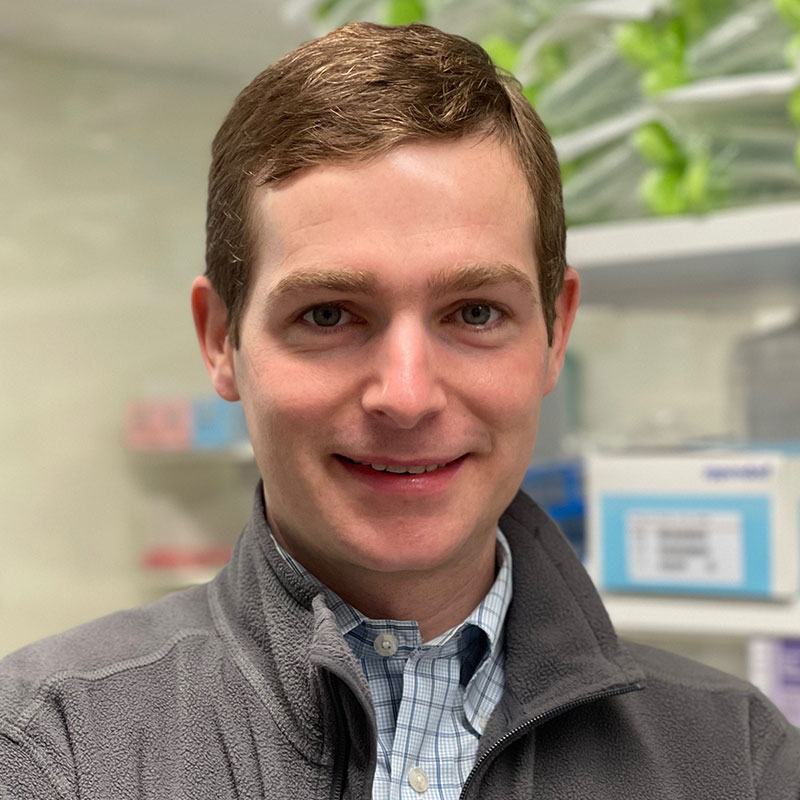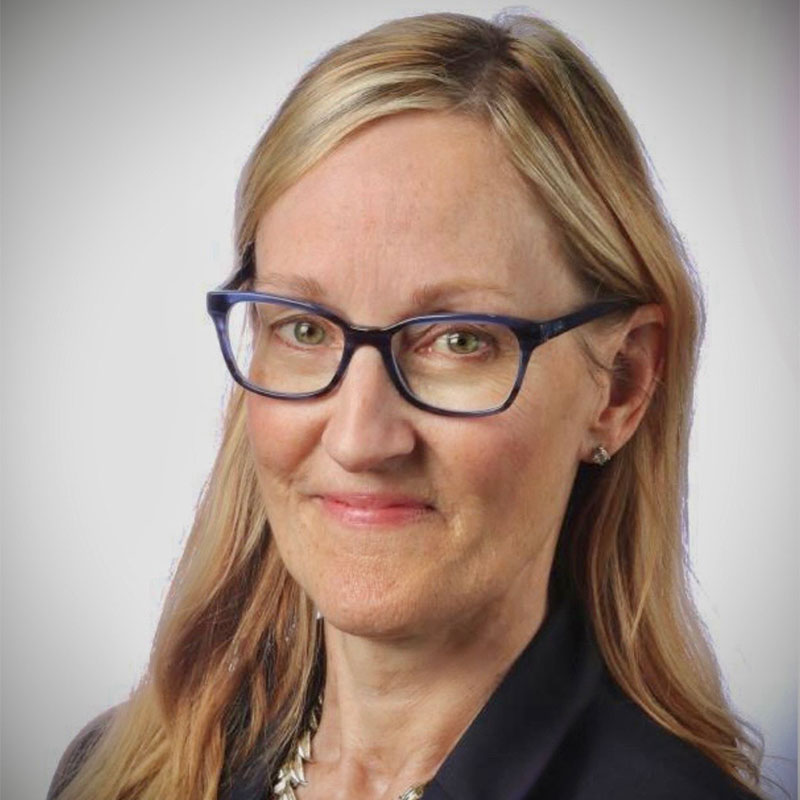-
- Find Care
-
- Visitor Information
- Find a Location
- Shuttles
- Visitor Policies
-
-
- Our Virtual Care Options
- Virtual Urgent Care
- Virtual Visits for Primary & Specialty Care
- Online Second Opinions
- Participate in Research
-
- Contact us
-
- For Innovators
- Commercialization Guide for Innovators
-
-
- Research News
- Alzheimer's Disease
- Artificial Intelligence
-
- Overview
-
- Overview
- Getting Started
- New to Mass General Brigham
- International Patient Services
- What Is Patient Gateway?
- Planning Your Visit
- Find a Doctor (opens link in new tab)
- Appointments
- Patient Resources
- Health & Wellness
- Flu, COVID-19, & RSV
- Billing & Insurance
- Financial Assistance
- Medicare and MassHealth ACOs
- Participate in Research
- Educational Resources
- Visitor Information
- Find a Location
- Shuttles
- Visitor Policies
- Find Care
-
- Overview
- Our Virtual Care Options
- Virtual Urgent Care
- Virtual Visits for Primary & Specialty Care
- Online Second Opinions
-
- Overview
- Participate in Research
-
- Overview
- About Innovation
- About
- Team
- News
- For Industry
- Venture Capital and Investments
- World Medical Innovation Forum (opens link in new tab)
- Featured Licensing Opportunities
- For Innovators
- Commercialization Guide for Innovators
- Contact us
-
- Overview
- Information for Researchers
- Compliance Office
- Research Cores
- Clinical Trials
- Advisory Services
- Featured Research
- Two Centuries of Breakthroughs
- Advances in Motion (opens link in new tab)
- Brigham on a Mission (opens link in new tab)
- Gene and Cell Therapy Institute
- Research News
- Alzheimer's Disease
- Artificial Intelligence
-
- Overview
-
- Overview
- Residency & fellowship programs
- Brigham and Women's Hospital
- Massachusetts General Hospital
- Mass Eye and Ear
- Newton-Wellesley Hospital
- Salem Hospital
- Integrated Mass General Brigham Programs
- Centers of Expertise
- Global & Community Health
- Health Policy & Management
- Healthcare Quality & Patient Safey
- Medical Education
- For trainees
- Prospective trainees
- Incoming trainees
- Current trainees
- Continuing Professional Development
Research Spotlight: Study Explores Biological Differences in Breast Cancers Among Older and Younger Patients
Adrienne Parsons, PhD, Mass General Brigham Cancer Institute and the Division of Hematology, is the lead author, and Peter van Galen, PhD, and Sandra S. McAllister, PhD, also of the Mass General Brigham Cancer Institute and Division of Hematology, are co-senior authors of a paper published in Nature Aging titled, “Cell Populations in Human Breast Cancers Are Molecularly and Biologically Distinct with Age.”
Q: How would you summarize your study for a lay audience?
We discovered that breast cancer differs a lot at the cellular and molecular level as people age. This means that the disease can behave very differently in patients who are diagnosed at a younger age compared to those who are older.
In our study, we used datasets that included gene expression of tumor cells from patients. These datasets included patients of various ages at the time of diagnosis who had two common breast cancer subtypes: triple-negative breast cancer (TNBC) and estrogen receptor-positive (ER+) breast cancer.
The large differences we identified between samples from younger and older breast cancer patients, and between breast cancer subtypes, highlight that patients may benefit from age-tailored disease management and treatment approaches.
Q: What question were you investigating?
Breast cancer is the most commonly diagnosed cancer among women and includes several subtypes that can be life-threatening, especially at each end of the age spectrum. The youngest and oldest people who develop breast cancer have worse prognoses than their middle-aged counterparts, and it remains unclear why this is the case. We also know that the different subtypes of breast cancer progress differently and require different treatments because they are biologically distinct.
Since breast tumors are composed of many cell types, including tumor cells, structural cells, and infiltrating immune cells, it stands to reason that these cell types could have different biological properties and behaviors with age and subtype that would influence tumor activity in different ways.
Q: What methods or approach did you use?
We used large, publicly available data to define the cellular and molecular qualities of breast tumors in patients across a range of age. We then developed a computational analysis tool, the Age-Specific Program ENrichment (ASPEN) analysis pipeline, which helped us identify distinct biological changes in different cell types that either increased or decreased with age. We also used a computer program called CellChat, which uses the same type of gene expression data to infer interactions between different cell types in tissues.
Finally, we made sure our results were accurate by applying experimental imaging techniques to tumor tissue samples donated from young (under 40) and older (over 70) patients with TNBC or ER+ breast cancer. This integrated approach helped us get a clear picture of how breast cancer in younger and older patients differs at the cellular, molecular, and protein level in TNBC and ER+ breast tumors.
Q: What did you find?
We confirmed that there are many key differences between breast cancers from patients of different ages, and that the differences are specific to breast cancer subtypes.
For TNBC, we found that tumors from older patients had changes that made the cancer cells better at spreading and invading other tissues, along with more signs of inflammation and a weaker immune response. In contrast, for ER+ breast cancer, older patients' tumors had fewer metabolically active cells. Surprisingly, even though ER+ tumors are usually thought to have a low number of immune cells present in the tumor microenvironment, we found that older ER+ patients actually had more immune cells in their tumors and more interactions between tumor cells and immune cells. We also noticed that tumors from older ER+ patients produced more of the estrogen receptor.
Q: What are the implications?
Characterizing the tumor microenvironment with this approach identified many molecular signals that were unique to, or enriched in, patients of a specific age group and breast cancer subtype. Establishing that age can have such a profound effect on the biology of breast tumors suggests that treating patients in different age groups the same way could lead to inconsistent outcomes. The molecular differences we identified present the possibility of targetable vulnerabilities in tumors that are distinct with age. This motivates the potential of developing age-stratified treatment strategies and therapies that can improve the outcomes for patients across age groups.
Q: What are the next steps?
Now that we have established molecular profiles in breast tumors with age, we need to determine which of these age-related programs are relevant to disease biology and how they might explain the disparities in outcomes between breast cancer patients of different ages. We also need to gain mechanistic insights through functional assessments and preclinical modeling.
The approaches we developed can also be applied to other cancer types, such as HER2-positive breast cancer, and cancers that arise in different tissues. Knowing what age-associated molecular qualities are influential to outcome will allow us to focus our efforts on developing tailored treatments based on age-related markers to improve outcomes across the lifespan.
Authorship: In addition to Parsons, Van Galen and McAllister, Mass General Brigham authors (at the time of the study) include Meghana Manjunath, Milos Spasic, Beyza Koca, Busem Binboga Kurt, Rachel A. Freedman, and Elizabeth A. Mittendorf.
Paper cited: Parsons A., et al. “Cell Populations in Human Breast Cancers are Molecularly and Biologically Distinct with Age.” NatureAging. DOI: 10.1038/s43587-025-00984-1
Funding: This study was funded by the National Institutes of Health (grant numbers T15LM007092 and R01 CA279959), the American Association for Cancer Research (fellowship number 23-40-12 SPAS), the National Cancer Institute Innovative Molecular Analysis Technologies (IMAT) Program (grant number R33 CA278393), the Edward P. Evans Foundation, the Vera and Joseph Dresner Foundation, the MPN Research Foundation, an American Cancer Society Research Scholar Grant (RSG-24-1318769-01-CDP, https://doi.org/10.53354/ACS.RSG-24-1318769-01-CDP.pc.gr.222076), the Hevolution/American Federation for Aging Research (AFAR) New Investigator Award in Aging Biology and Geroscience Research, the Krantz Family Center for Cancer Research, the Ludwig Center at Harvard, the Samuel Waxman Cancer Research Foundation in partnership with the Mark Foundation for Cancer Research, Victoria's Secret Global Fund for Women's Cancer Rising Innovator Research Grant, in Partnership with Pelotonia & AACR (grant number 23-30-73-MCAL), DOD/CDMRP/BCRP Era of Hope Scholar Expansion Award (grant number W81XWH-14-1-0191), Deborah and John McMurtrie, the Petre Foundation, the Breast Cancer Research Foundation (grant number BCRF-23-209), the National Health and Medical Research Council (grant number APP2018440), and the National Breast Cancer Foundation (grant number IIRS-23-074).

Contributor

Contributor

Contributor
Media contact
About Mass General Brigham
Mass General Brigham is an integrated academic health care system, uniting great minds to solve the hardest problems in medicine for our communities and the world. Mass General Brigham connects a full continuum of care across a system of academic medical centers, community and specialty hospitals, a health insurance plan, physician networks, community health centers, home care, and long-term care services. Mass General Brigham is a nonprofit organization committed to patient care, research, teaching, and service to the community. In addition, Mass General Brigham is one of the nation’s leading biomedical research organizations with several Harvard Medical School teaching hospitals. For more information, please visit massgeneralbrigham.org.